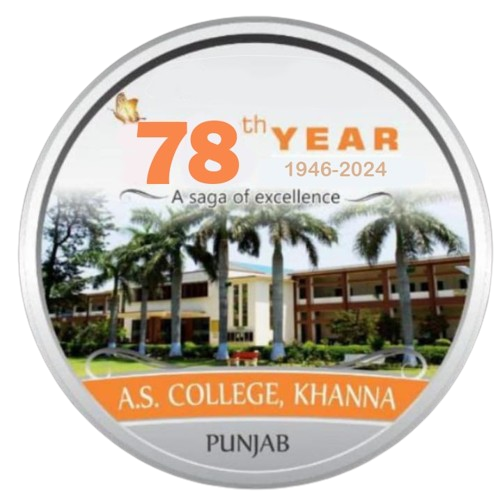1. About the Policy
Mobilizing is the process of assembling and organizing things for achieving a collective goal for the institution. Identification and mobilization of resources is necessary for the growth of the institution. Resources are divided from three different angles Financial, Human and Physical. For an institution to grow, identification and mobilization of its resources is necessary. Resources should be available for easy use for staff, students and the community at large. In real terms, Resource mobilization means expansion of relations with the resource providers, the skills, knowledge and capacity of proper use of resources. The Institution has a transparent and well planned financial management system in which Government and Management are the main sources of funds.
2. Vision
To diversify, expand and utilize the resources for the welfare one and all.
3. Mission
To create funds for the diversification and expansion of the resources.
4. OBJECTIVES
- To ensure clear, coordinated approach to soliciting, acquiring, utilization monitoring and managing of the resources.
- To improve structures and systems to facilitate better management of resources.
5. STRATEGIES AND ACTION PLANS
- The Institution is a centrally managed non-profit organization with honorary governing body members which ensures the income generated is spent optimally in the institution itself.
- Funds are provided to meet the infrastructure requirement of the institution while starting new programmes and centers.
- The college organizes financial supports to seminars/workshops/expert talks/ Association activities/Faculty Development programmes.
- The extracurricular activities of the students are a major concern and adequate funds are provided for Sports and Cultural activities.
- Scholarships are provided to the deserving students.
- Provident fund (PF) and Employee State Insurance (ESI) benefits are provided to the staff.
- The institution mobilizes grants from the Government, NGOs, Corporates, Alumni etc.
- The grants are used for infrastructure and academic activities.
- All the staff members teaching/non-teaching are involved in different teaching duties, exam duties, co-curricular, extension and field based activities, administrative responsibilities, participation in Board of Studies, academic and administrative committees, profession development activities and research contribution.
6. MONITORING AUTHORITY
(i) Chartered Accountant: After a stipulated period of time, the accounts for all the grants and funds sanctioned by the Government/UGC are initially submitted to an external Chartered Accountant. The audit report issued by the auditor with utilization certificate and all necessary ratified accounts are submitted to the concerned sanctioned authorities.
(ii) Directorate of Public Instructions (Punjab): At the time of annual audits by the Directorate of Public Instructions (Punjab), the audit team verifies all the financial documents related to the public funds utilized by College. After hearing the clarifications and corrections, the final accounts are settled.
(iii) Accountant General, Punjab: The Accountant General, Punjab also conducts their periodic verification of all the accounts sanctioned by the Government. Their suggestions and directions are also incorporated in the further utilization of the funds.
(iv) Finance Department (Internal Audit): There is a provision of internal audit which is operated through DPI (Colleges). It is a special body which operates independently and rechecks all the income sources and expenditures of the college.
(v) Grants and funds sanctioned by Management: The institution has a bursar as a financial advisor of accounts. He verifies all the expenditures on behalf of the Principal


